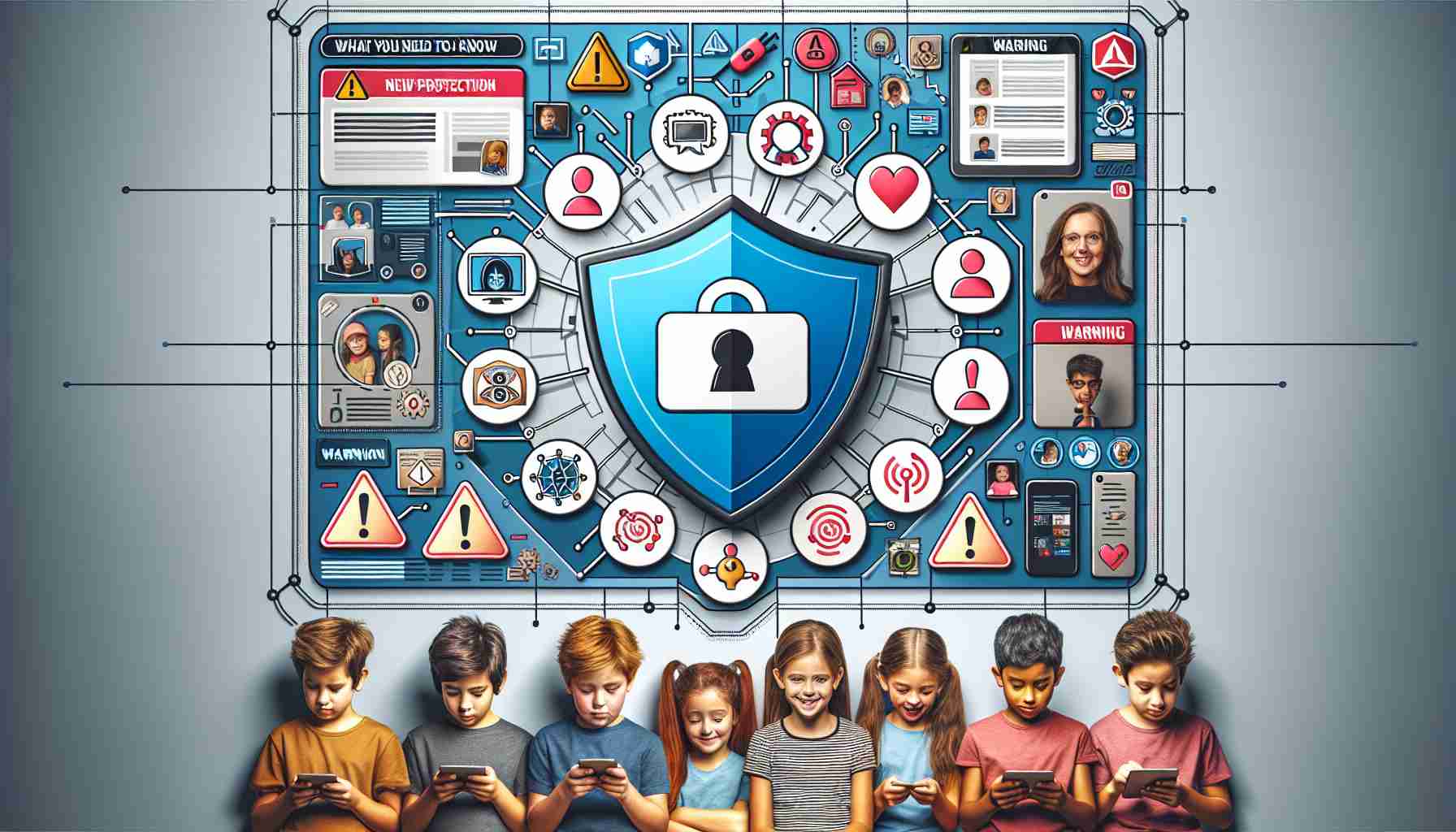A bold initiative has been launched in Australia aiming to shield children from the perils of social media platforms. Under new regulations, a national agreement has emerged to restrict access to platforms like Instagram, Facebook, and TikTok for users under the age of 16. This move has gained traction with the support of state leaders and the federal government, who are unified in their commitment to safeguarding the youth.
Prime Minister Anthony Albanese has emphasised the urgent need to address the detrimental impacts of social media on the mental health of young Australians. After a national cabinet meeting, he made it clear that the priority is to ensure the safety and well-being of children online, while also offering guidance to parents and educators navigating these challenges.
While the legislation aims to broadly regulate the landscape of social media, educational and health-focused platforms may be exempt. The government is yet to clarify how age verification will work without violating privacy concerns, a point that has left some critics apprehensive.
The specifics of the law are slated to be put before Parliament soon, with potential adjustments and feedback from tech companies anticipated. Communications Minister Michelle Rowland has indicated that platforms like TikTok and Snapchat won’t escape the proposed restrictions. As discussions continue, the focus remains on finding an effective solution to protect young users in the evolving digital landscape.
Essential Tips and Hacks for Navigating Social Media Safely
In light of the recent initiative in Australia aimed at protecting children from the potential harms of social media, it’s important for parents, educators, and young users to be aware of practical tips and hacks for navigating digital landscapes safely. Here are some valuable strategies along with interesting facts related to social media and its impact.
1. Set Clear Boundaries: Establish family rules around social media usage. Define when and for how long children can access these platforms. This encourages responsible use and helps parents monitor online activity.
2. Educate About Privacy Settings: Teach children how to adjust privacy settings on platforms like Facebook and Instagram. Ensuring that profiles are private can drastically reduce unwanted interactions and exposure to harmful content.
3. Encourage Open Communication: Create an environment where children feel comfortable discussing their online experiences. Encourage them to share when they encounter something upsetting or if they receive inappropriate messages.
4. Utilise Parental Controls: Many platforms offer parental control features that restrict access to certain content or limit screen time. Familiarise yourself with these tools to enhance your child’s online safety.
5. Lead by Example: Model healthy social media habits. Show your children how to balance screen time with offline activities. Demonstrating responsible usage can greatly influence their behaviours.
6. Promote Critical Thinking: Teach kids to critically evaluate the information they see online. Discussions about fake news, advertising, and online conduct can help them navigate the digital world thoughtfully.
7. Digital Detox: Encourage regular breaks from social media. Not only does this help improve mental health, but it also allows for more time to engage in offline hobbies and activities.
Interesting Fact: Research has shown that excessive social media usage can increase anxiety and depression in teenagers. A balanced approach to social media can help mitigate these issues.
8. Have Fun with Social Media Challenges: Creative challenges like “30 Days Without Social Media” can help children understand the positives of taking breaks and assessing their online habits.
9. Follow Educational Accounts: Encourage following accounts that focus on education, mental health, or personal development. This can provide children with positive content and supportive resources.
10. Regular Check-Ins: Implement weekly check-ins to discuss experiences on social media. This provides an opportunity to reflect on what they enjoy, any challenges they face, and adjustments to their online behaviour.
For further insights and updates on children’s online safety, you can visit ResearchGate for studies on social media’s impact or explore comprehensive resources on child safety at Common Sense Media.
By following these tips, families can better navigate the complexities of social media while fostering a healthy and safe online environment for children.














